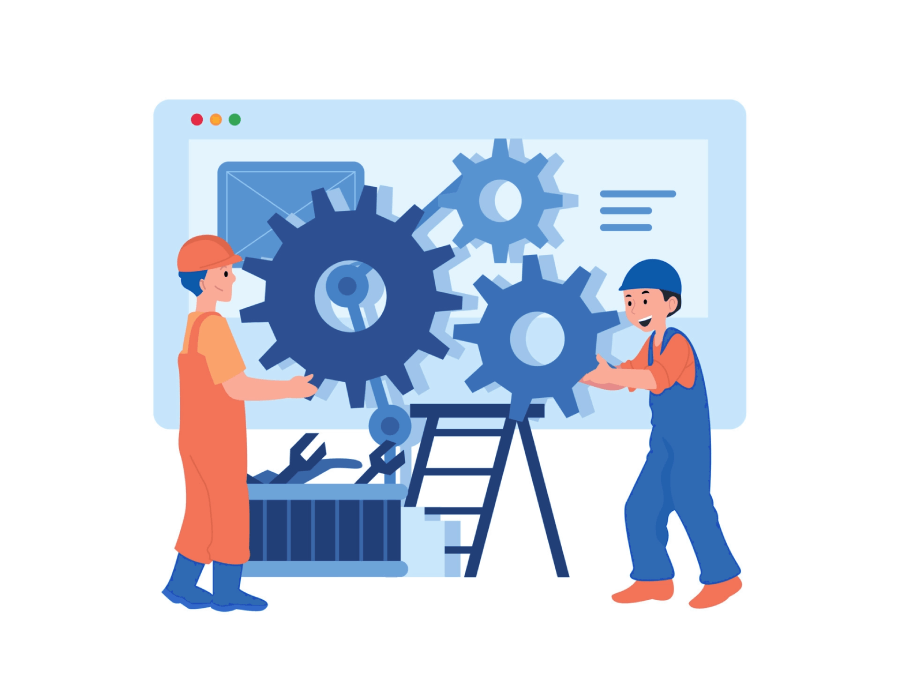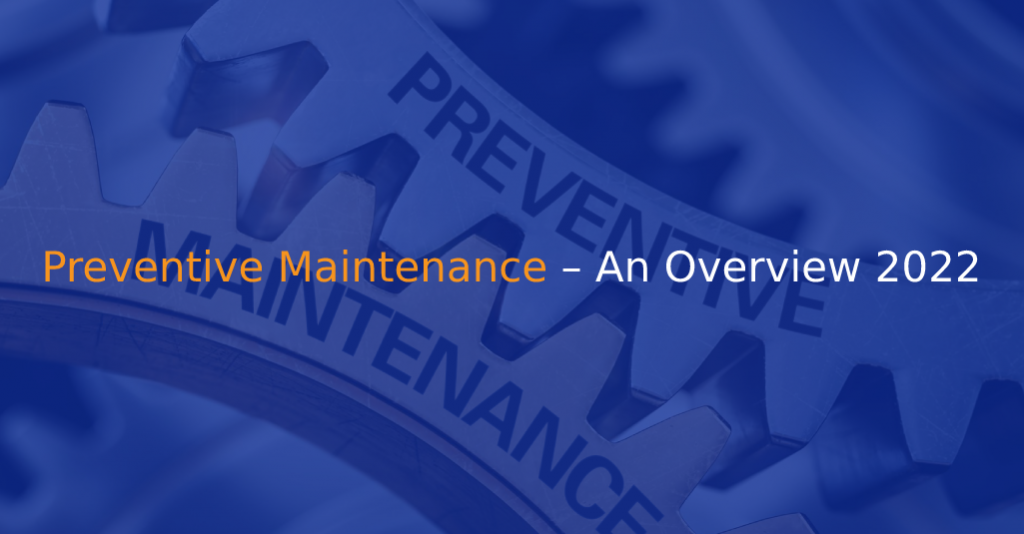What is Preventive Maintenance?
Looking for the best maintenance management services in Chennai, India?
Types of Preventive Maintenance

Predictive maintenance and prescriptive maintenance are two further forms of preventive maintenance. Even though they all aim to prevent breakdowns and asset failure, there are significant variations between these three forms of maintenance:
Predictive maintenance
Predictive maintenance is concerned with forecasting when a breakdown will occur to prevent it. It is based on the state of the equipment, as opposed to preventative maintenance, which is scheduled and follows pre-set time or use milestones.
Prescriptive maintenance
Applications
Industries Using Preventive Maintenance Programs
- Hotels
- Restaurants
- Oil/Gas/Utilities
- Manufacturing
- Fleet Management
- Facility Management
- Property Management
- Governments
- Schools
Why is Preventive Maintenance So Important?

Reducing downtime and increasing effectiveness (OEE)
Increase in asset reliability
Preventive maintenance makes the equipment more reliable: it works better for longer and has a longer lifespan. Reliability allows for more accurate forecasting of firm operations, production capacity, and revenues.
Reduction of reactive maintenance costs
Increased security
Greater comfort
Advantages and Disadvantages of Preventive Maintenance

What are the Advantages?
- Improves equipment lifetime, resulting in a higher return on investment.
- Prevents unexpected stoppages, which enhances corporate operations.
- Improves equipment dependability, making projections more accurate.
- Reduces the expense of maintaining high-value assets. It is less costly than the existing reactive and predictive maintenance options.
- A budget makes it simpler to stick to maintenance tasks since it anticipates (reliably) how you will deploy your resources throughout the year.
- Saves resources since equipment with operational problems consume more energy and degrade in quality.
- More security on the premises since all assets are kept in excellent shape and free of wear and tear.
- Meeting client deadlines is easier since there are fewer stoppages and the production is more predictable.
- It improves the client experience by exceeding expectations regarding the quality of your service, resulting in loyal consumers.
Disadvantages
- It takes extra time to prepare as well as inspect.
- You'll need to retrain your team's behaviors and potentially implement new software.
- It cannot be used on equipment that suddenly malfunctions.
- It may result in superfluous maintenance tasks since it is not condition-based.
- If applied to assets of lower value or priority, it may result in greater expenses.
- More maintenance work may be required, prompting you to hunt for new providers.
- SLAs should be negotiated with suppliers and partners to guarantee that deadlines are met.
Wrapping Up
Do you want to learn how iStudio Technologies’ smart Maintenance Management Solutions work, which includes end-to-end solutions with the best technologies usage, which will help you schedule and handle all of your preventive maintenance plans, properties, stock, job orders, and more?



